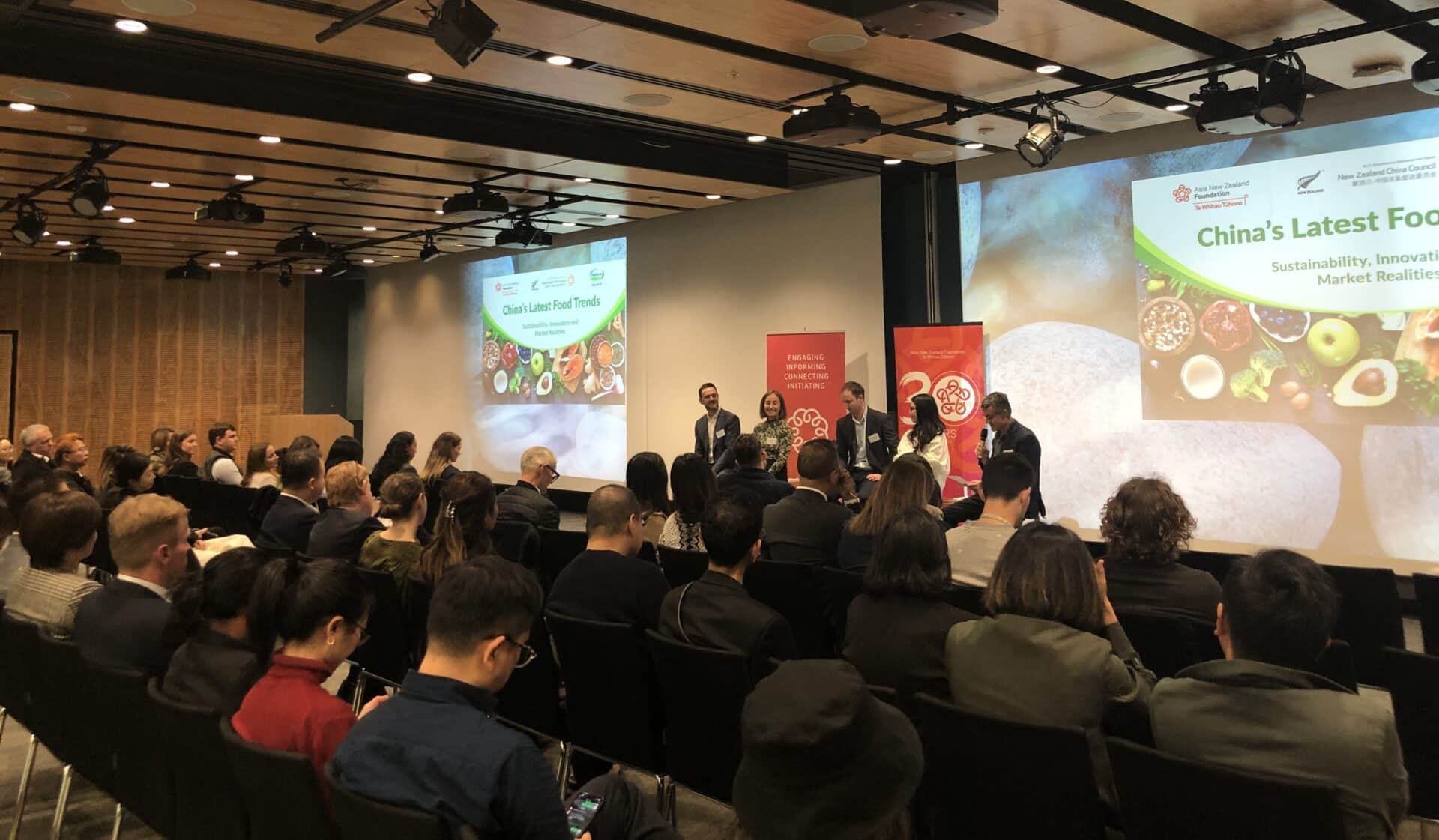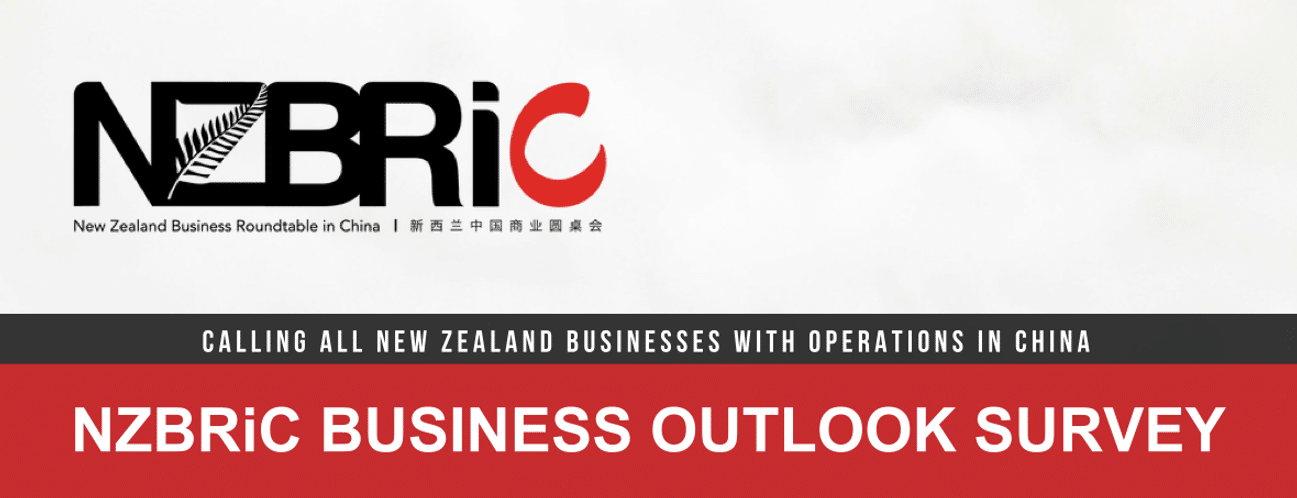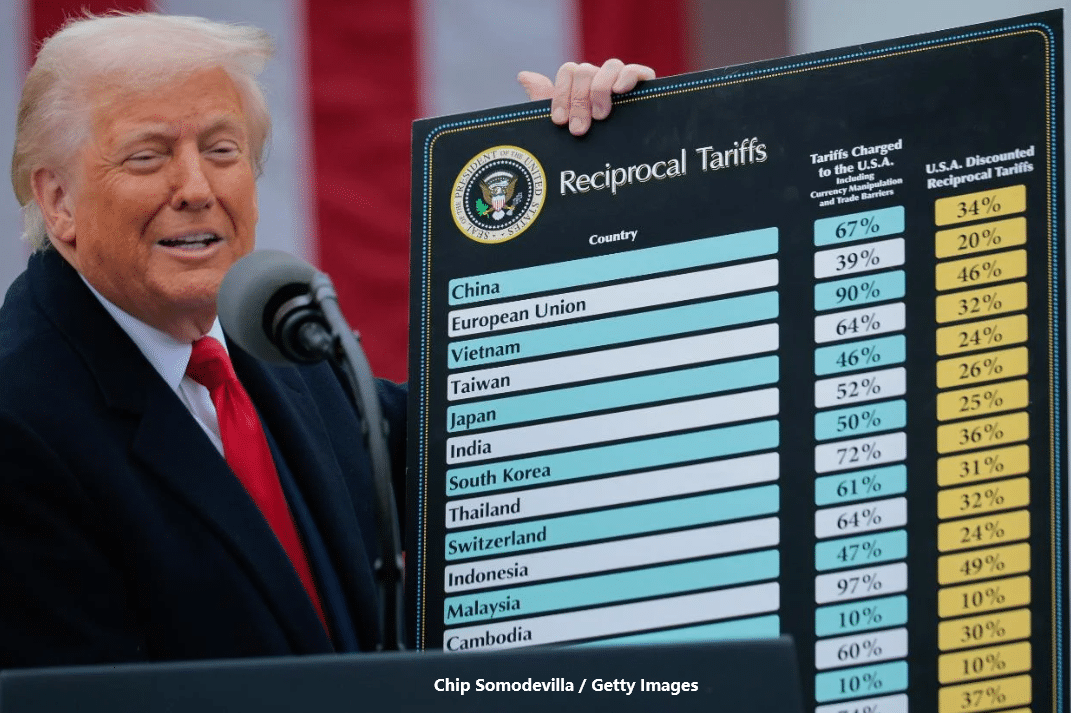China in 2024 – Chair’s speech at Hawke’s Bay branch of the NZIIA
I want to approach this subject from three angles – the people, the economy, and the government. And wrap up by saying what all that means for this country’s relations with China in 2024.
You have heard through the introduction my qualifications past and present for talking to a New Zealand audience about China. To this I would add the standard caveat – the more you know, the less you know. The closer you are to a subject, the harder it is to generalise. But that is what we must do, and what I will do, in the next 30 or so minutes.
Before heading into my speech proper, let me say something about the New Zealand China Council. The Council was established in 2012, so just over 10 years ago, to provide a forum for the exchange of views and experiences amongst those with a significant stake in New Zealand’s relations with China, and the opportunity for there to be a public non-government voice on that relationship.
Recently we have issued reports on science collaboration, Chinese language learning, the prospects for New Zealand’s food protein exports, amongst others. Our members include corporates such as Fonterra and Zespri, professional service companies, government departments, the creative sector, NGOs, Chinese communities and more. Our funding comes from our members, either through subscriptions, or in kind. During COVID our interactions with counterparts in China were perforce on line but we are now resuming face to face contacts. I led a group to China in May 2023 and our executive director visited again in November.
Let us begin with the people.
There are of course many of them: 1.4 billion at last estimate. And that is a lot. India may now have more people and China’s population may be declining (more on this later) but it is still a substantial population. The next most populous nations in the world after India and China, are the United States, Indonesia and Pakistan, but even the USA at Number 3 comes in at best at just over a quarter of China’s population. China officially counts 56 nationalities, but one of these, in Chinese terminology the Han, is what we generally know as Chinese and that is over 90% of the total population. Of course given the absolute numbers, even the so called ‘minority’ nationalities can be numerous. Some of these are very well known to people in this country – Uyghurs at 11 million, Tibetans at 7 million. But in China itself they are dwarfed by the Han. This is one reason why, unlike the former Soviet Union, China is not a federal state.
But, some of you may say, what about the Cantonese, the Shanghainese and other such groups? The political reality is that they are all deemed to be ‘Han’. The cultural reality is that they are bound together by a common written language and increasingly by a common spoken standard. This is not a recent phenomenon. For as long as China has been a unified country – even by the toughest criteria 600 years – there has been a need to have one form of the Chinese language which is mutually understood, and that, by a process familiar elsewhere, has been the speech of the capital – Beijing.
And for even longer there has been a single written form of the language. It is hard for non-Chinese to comprehend this, the closest analogy for many of us are our numbers – 1, 2, 3, 4 etc. When these are written as numbers as opposed to words, they can be read by French speakers, or German speakers, or for that matter Chinese speakers, but voiced entirely differently. What is plain on the page is completely incomprehensible when spoken. In an official meeting room in Shanghai there was a notice which said, in Chinese, please speak ‘Putonghua’. It was not directed at foreigners like me, but at Shanghainese who might find it easier to slip into their mother tongue, as opposed to speaking the national standard.
I won’t confuse you further by going into details, suffice to say that while Cantonese, Shanghainese and many other speech forms have millions of speakers, the standard national language, that which is taught, broadcast, and heard in movies is what is officially called ‘Putonghua’ – the common speech, elsewhere known as Guoyu, Huayu, Zhongwen, or often in foreign languages (and misleadingly, in my view) Mandarin – and it is based on the speech of Beijing. It is what makes it possible for a person from one end of the country to speak to a person from the other end, although neither of them may be familiar with the respective local speech form.
I should add, parenthetically, that one of the minority nationalities is the Gaoshan, who live mostly in in Taiwan. In Taiwan itself the Gaoshan are identified as 16 separate groups, but all have in common that they speak Austronesian languages, in other words the same group to which belongs Maori, as well as languages from Madagascar at one extreme and Easter Island at the other.
When the People’s Republic of China was established in 1949, its population was about 600 million. Mao was a great believer in a large population, and that combined with better health care and a decrease in infant mortality rates, saw the population reach almost a billion when he died in September 1976, and that despite the disruptions of the Great Leap Forward and the Cultural Revolution. In 1978 the famous one child policy was adopted – every married couple (with some exceptions) could only have one child. The rate of population growth slowed, probably more so in the urban than in the rural areas, but it did ensure that the current population of China has peaked. The one child policy has been relaxed in recent years as China is confronting a phenomenon which other countries in Asia have faced – a declining and ageing population. The number of live births per annum have dropped from 17.86 million in 2016 to 9.02 million in 2023. And despite encouragement being given to have more children, urban dwellers like their peers in other countries have discovered that children are expensive and that it maybe be better to have fewer rather than more. These are all of course individual decisions – but the aggregate effect is clear.
China as I said is not alone in confronting this phenomenon. Japan, the Republic of Korea and Singapore all have declining populations, internationally defined as a population with a ‘replacement’ rate of less than 2.1. The problem is not of course the absolute numbers, which in China are still remarkable, but the proportion of productive to non-productive individuals.
While I have cautioned against generalisation, it is probably reasonable to say that for most people in China the present is a better place than the past, and there is an expectation that the future if not better at least won’t be worse. The past contains the cultural revolution, the great leap forward, the “century of humiliation”, natural and human disasters such as floods and famines, and many more besides. For the dwellers in cities such as Shanghai and Beijing, these are all a world away from the future facing, fast paced life that they lead. Embracing the new is ubiquitous in China, and the sheer numbers at play mean trends can gain huge momentum in a very short space of time. Many Chinese are first adopters without even knowing the term.
And they are as nationalist as any other nation. They take pride in what China is achieving, and they are conscious that it is playing catch up with richer, more developed nations such as those in North America and Europe – and ourselves. They may not be interested in all dimensions of China’s external policies but they are likely to support any action which looks to enhance China’s standing in the world.
The economy
China’s economy is huge, but what is of more moment is its gross domestic product (GDP) per capita, and its external trade. The first tells us what the size of China’s economy means to an individual in China. The latter tells us the extent to which China is integrated with the global economy.
GDP per capita tells an amazing story. In 1976, when Mao died, China’s GDP per capita was US$165. Now it is US$12,500. China speaks often of having lifted 700 million people out of poverty in three decades. We may quibble over the figures, or what is used to define ‘poverty’, but the achievement is visible throughout the country. People live better, dress better and above all eat better than they used to. They have more choices, and until COVID put a dampener, they could travel as tourists as far as they wished, to almost every country in the world, including New Zealand. There is much debate also as to whether the Chinese economy will overtake that of the United States in the next few decades – indeed if the size of an economy is calculated through purchasing power parity (PPP) it already has. But I suggest that the better indicator is in GDP per capita and in that respect China still has a long way to go to attain the US level of $67,000.
Generalisation is especially tricky here. The large cities in the east are much more prosperous than those inland. And everywhere the super-rich are much richer even than rich listers in this country. (I have never seen so many expensive European marques than in the streets of Beijing). China’s Gini coefficient – the standard measure of income equality – has shot up from 0.16 in 1979 to the current 0.46. In other words there are now far greater extremes of wealth in China than there were when ‘reform and opening up’ started. Yet what is remarkable is less what has happened in Shanghai and Guangzhou, than in so-called Tier 3 and 4 cities. On our website you can find our executive director’s report of a visit he made to the city of Dezhou in Shandong province in November last year, a city hitherto unknown to me and you and probably even to many in China, with a mere 6 million people. New Zealand produce could be found, but what was available in shops was much more local than imported. A market worth exploring, or not – only time will tell, but the consumer trajectory in places such as Dezhou is more likely to be up than down.
For many decades now China has been a power house of manufacturing, and a major trading partner of many countries. The former is changing as China is moving up the value chain with services now constituting a larger part of the Chinese economy than before (now over 50%). But even so, China’s investments in infrastructure and education, and its internal supply networks, will continue to give it an edge over competitors in developing countries for some decades to come. And investment in manufacturing has held up, despite the ravages of COVID.
As you have probably heard ad nauseam, China is New Zealand’s largest economic partner by quite some distance. What you may not know is that New Zealand is not alone in this. Indeed for some 130 countries in the world China is the leading trade partner. This says much about the magnetic attraction and size of that economy. China’s appetite for what the world produces is huge. Its exports are correspondingly large but it may be worth noting here that New Zealand is one of the few countries with a trade surplus with China – in other words we export more to China than we import from China. It is the scale of this which makes me doubt that strategies to reduce those figures will work. Diversification is good, and something many businesses do as a matter of course. But businesses do not sell to China because they love the country. They do so because they get a better price there.
The figures are astonishing, but this does not mean that China is not facing challenges now and in the future. Some of these are well known – the scale of youth unemployment, the housing ‘bubble’, the medium and long term effects of COVID. Others are inherent in the way in which China organises its economy – such as the role of state-owned enterprises (SOEs), or the tackling of corruption.
The high level of youth unemployment is especially puzzling, given the decline in China’s overall population and the proportion of its working population. Last month that country started releasing youth unemployment figures again, having recategorised and thereby reduced the startling figures from 2023. But even so, the figures are still high.
The housing bubble resembles that which afflicted Japan in the 1990s (although the asset price bubble in Japan was much much higher than that in China) – investment funds flooding into real estate as a seemingly assured source of capital growth. That bubble has burst, but one significant difference is that the financial system was not as entangled with the housing market as those markets were in 1990s Japan. This is not much consolation to those who have seen their savings dissipate. But it does mean that the collapse of firms such as Evergrande is less likely to have system wide effects on the Chinese economy.
COVID had a devastating effect in China, very damaging to individual businesses and to families, and with a dampening effect on consumption. The abrupt change of course in November 2022 was overdue, but could not make up for business closures and family losses. When I visited China in May 2023 it seemed as if the country had turned its back on COVID. Later in 2023, the outlook did not seem so positive, and the future much less certain.
These are all serious issues and with others they have led observers both within and without China to downgrade growth estimates for the Chinese economy to 5%. Of course, as I have said often enough, the absolute figures are still impressive. But if China and the world has become used to China growing at 10%, then a drop to 5% is hugely significant.
The government
The People’s Republic of China was proclaimed on 1 October 1949. This year the 75th anniversary of that event will be marked. The role of the Chinese Communist Party (CCP) in bringing this about was acknowledged at the outset and continues to this day. “No Communist Party, no new China” shout the slogans throughout the country. And it is no less than the truth. The reach of the Communist Party is pervasive. Every level of government, every business, every institution has its party group or cell. The Party is the wiring which keeps China together and while its mode of operation is alien to us, for most Chinese alive today, it is all they have known. For all those younger than in their late 70s, they have known no other China throughout their lifetime.
The survivability of Communist party rule for so long tests political analysts outside China. It seems almost against nature. Yet it is not an accident. The survivability of the party has two dimensions – being keenly alert to popular sentiment, and being unwilling to tolerate dissenting views. Both are important. The former has underpinned the leadership’s emphasis on a strong and prosperous economy, since 1978 given effect through the policy of ‘reform and opening up’, and which despite all the trials and tribulations of recent years has continued. The phrase ‘prosperous country, strong army’ was originally coined in Japan, but it was naturalised in China, and pithily sums up the objectives of China’s current leadership. Being prosperous may be good in itself, but its end goal is to ensure that China will never again be the plaything of other powers, as it saw itself as being in the so-called ‘century of humiliation’. My sense is that most Chinese share these aspirations, even if they might disagree as to how to attain them.
The treatment of those who disagree with the course the leadership has set is the point at which China diverges most sharply from this country. There is no concept of a ‘loyal opposition’. Whether it is dealing with minorities or religious believers, let alone those who directly challenge the rule of the Communist Party, the leadership is consistent in its approach. The self-identification of party and state means that any threat to the party can become a matter of national security and be treated accordingly. That does not exempt those in control of that sector from scrutiny. Some of the highest profile individuals who have fallen from grace are in the People’s Liberation Army or the national security apparatus. The charge may be corruption, but the fear is that, as with the governing Nationalist Party (KMT) before 1949, corruption could be the Achilles heel of CCP rule.
China’s interaction with the world outside China reflects these two approaches – benefitting economically from its integration into the global economy, while determinedly maintaining its autonomous status in the world. Outside China there may have been many who assumed that China was converging in its political as well as economic policy to something more akin to what we are familiar with in the west. They may have been right to a degree, but what we can say more categorically is that that was never the objective of the Chinese leadership, at any time. Many, in China and without, smile at the phrase ‘socialism with Chinese characteristics’ as a euphemism for China embracing the market economy and turning its back on socialism. But it would be a mistake to downplay the ‘Chinese characteristics’. Whatever China does, it does in its own way.
Much attention has been given in recent years to what has happened in Hong Kong, to cross-straits relations, and to China’s position in the South China Sea. I do not wish to state the pros and cons on each of these issues. But I will say, because recent coverage is not always clear on this, that China’s position has not changed since 1949, indeed many of the claims China makes were made by its predecessor Republic of China before 1949. What has changed, and significantly, is China’s capability to give effect to these claims. We can see that most clearly in the South China Sea, but it is also true of many other issues.
And what of Taiwan. Again, Beijing’s position vis-à-vis Taiwan has not changed since 1949. It regards the island as an inalienable part of the territory of the People’s Republic. It is evident, and not just through the recent elections, that many people in Taiwan do not see Taiwan’s current and future status through this lens. I am more confident than many that the leaders in Beijing will not act precipitately on this matter. Maybe I rely too much on the priority given to ‘peaceful reunification’ in Chinese statements. Yet a conflict, even a muted one, across the straits would be a disaster for all. Let us all hope that wiser counsels will prevail in both Taipei and Beijing, and that a mutually acceptable outcome will be found.
Internationally, China has been active in putting forward alternatives to the current international order. I say ‘alternatives’ rather than ‘substitutes’, as China is well aware that in many respects it is a beneficiary of the current international order. But it is also well aware that it was not ‘present at the creation’. Some of what China sees as the inequities which flow from that have been dealt to – so that since 1971 the government in Beijing has been a permanent member of the United Nations Security Council, with all the formidable powers attached to that status. And it is one of the five named nuclear powers in the 1968 Non-Proliferation Treaty. China has been a strong public advocate of the multilateral trading system at least since it joined the WTO in 2001, music to our ears, although that does not mean that China is any less fervent than others in its framing of that advocacy within its own national interests. New Zealand, as you probably know, has a free trade agreement with the People’s Republic, concluded in 2008, reviewed in 2022, and under which the last negotiated safeguards on dairy products were removed at the beginning of this year.
China sees itself as a regional as well as a global power. So we have an interest not just in how China acts on the international stage, but how it reaches out into what we often call ‘our’ region. In recent years China has become a presence in areas of close interest to New Zealand, such as the South Pacific and Antarctica. New Zealand’s strong preference is that powers external to the region, and obviously that includes China, operate within the regional frameworks and arrangements already established. For Antarctica, that is the 1959 Antarctic Treaty, with its demilitarisation provisions.
China has been a consultative party of that treaty since 1985. For the South Pacific it is the Pacific Forum, a grouping of sovereign and freely associated states, and a number of agreements reached under its aegis, such as the 2000 Biketawa Declaration and the 2018 Boe Declaration. China has been a dialogue partner of the Forum since 1990.
China is not ‘like’ us, or many other ‘Western’ countries. But the relationship which looms larger for China and the world is that with the United States. I was in China, in Qingdao as it happens, in December 1978, when the establishment of diplomatic relations between China and the United States was announced. Ever since then, relations between the two countries have been on a roller coaster, and that roller coaster seems currently to be in one of its downward phases. This matters to both those countries, but it also matters to those such as ourselves, whose outlook will inevitably be shaped by the temperature of that relationship. It has been China’s fate, since at least the 18th century, when Voltaire used his understanding of a secular meritocratic China to criticise contemporary political arrangements in France and elsewhere in Europe, to be a target against which Westerners could project their own debates. This makes China’s emergence as a powerful country, with its own voice, peculiarly difficult for outsiders to accept. So much so, that there are those who latch onto any weakness in China, and there are plenty, to predict that China will ‘fail’, in some way or other. I do not believe this to be so, and even if it were, it would not be a welcome prospect. A powerful China may have its challenges, but a weak and fractiously divided China would be much worse.
What does this mean for New Zealand?
Well, if you have been following what I am saying those implications should be clear, but let me for convenience spell them out anyway.
- China is not going away. There may have been a period between 1950 and 1980 when China either isolated itself from the world, or was isolated by the world, but that now seems an episode, rather than a long run China’s size, both its population and its economy, mean it will be part of our world, and part of the world, for as far into the future as we can see. Whatever we think of China, whatever the nature of our relationship with it, we will be connected with it.
- China will remain a major economic and commercial partner for New Zealand. When I started my last assignment in China, in 2015, China was neck a neck with Australia as a major trading Now it has pulled well ahead. On the latest figures, our two way trade with China is worth is just over 40 billion dollars, about 27% of our goods exports go to China, and China is our largest source of imports. This exposure to China troubles many, although it is still much less than our exposure to the United Kingdom in the 1950s. Looking across the Tasman, we can see how trade can be used for political point scoring, and that is reason to be concerned. But even if calls for diversification of trade are heeded, and the percentage of our exports that go to China drops, it is unlikely to drop below 20%. That China is so big, pays well, and has high demand for the goods and services that we produce, are likely to be enduring features of that economic nexus.
- China is already a significant voice in regional and global affairs, and will continue to be. Global issues – climate change is the most oft cited – cannot be addressed without China being part of the solution. The style of China’s interaction with the world may change from time to time. But whether articulated in emollient tones, or by ‘wolf warriors’, China’s national objectives will not change. As with all other nations, it wishes to be prosperous and secure, and security includes the perpetuation of China’s current political and social order.
- And that is where China most markedly diverges from this country, and where we cannot expect any convergence in the forseeable future. Leaving aside obvious differences of size, China is not on a path to become more similar to New Zealand in its political, legal and social arrangements. Beijing and Shanghai may resemble New York and Paris, and in some respects they do, but in many respects they do not, and by that I do not mean that you can taste a wider variety of good Chinese food in those cities than in New York and Paris. There will be occasions, in terms of how China operates internationally or domestically, when New Zealanders will be affronted, and New Zealand governments will have to register those views with China. This is not comfortable for either side.
It is a commonplace to speak in terms of an economic relationship with China in contrast to a security relationship with the United States, or with many western countries. There is an element of truth in this but it is not the whole truth. The United States and western countries more broadly (such as Australia, Japan, the United Kingdom, the European Union) are significant economic partners for New Zealand as well as security allies. And our relationship with China, if it is to work, has to rest on solid political foundations as well. That is far from meaning always agreeing with China, but it does mean not allowing our differences of view to define our relationship. Mutual respect, consistency and transparency are vital assets for a country such as ours, afloat on the ocean of international affairs. And no more so than in our relations with China and its 1.4 billion people.
John McKinnon is the Chair of the New Zealand China Council Te Kaunihera o Aotearoa me Haina.












 MENU
MENU
